Systematics of Hypochaeris Section Phanoderis (Asteraceae: Cichorieae)
Estrella Urtubey, Karin Tremetsberger, Carlos Baeza, Patricio López-Sepúlveda, Christiane König, Rosabelle Samuel, Hanna Weiss-Schneeweiss, Tod F. Stuessy, María Ángeles Ortiz, María Talavera, Salvador Talavera, Anass Terrab, Claudete F. Ruas, Nelson I. Matzenbacher, Alexandra N. Muellner-Riehl, and Yan-Ping Guo
204 pp., color frontispiece
8 January 2019
ISBN 978-1-943751-06-8
Abstract: This revision treats the 41 South American species of Hypochaeris, plus the northwest African H. angustifolia, all now placed in a single monophyletic section Phanoderis. The New World species constitute subsection Phanoderis, and the single African species comprises subsection Africana. The species in South America represent a challenge in classification; molecular clock investigations suggest that the entire complex diverged approximately within the past 1 million years. From an ancestor in northwestern Africa, similar to the present-day H. angustifolia (the phylogenetic sister-species), have come 41 species in a relatively short geological time. These species are similar genetically; routine DNA sequencing with normal markers provides little differentiation. With Amplified Fragment Length Polymorphism (AFLP) analysis, distinct groups can be resolved, some with very strong statistical support and others less so. Species are morphologically reasonably well defined, but the differences are subtle, requiring field experience for accurate identification of taxa. Previous studies have focused on regional perspectives, and this has led to confusion in identification of herbarium specimens. New cytogenetic data have also revealed groups of phylogenetically related species, which to some extent correlate with the AFLP distinctions. Speciation has been almost totally at the diploid level (2n = 8). Eight species are known with tetraploid cytotypes, and one species (H. caespitosa) is uniformly tetraploid. Polyploidy has not been a major factor for diversification within the group. The most common type of speciation has been by eco-geographic divergence; dispersal to new regions and habitats has led to isolation, genetic modification, and eventual speciation. This process has obviously been rapid, representing a pattern of radiation within a continental region. This is particularly remarkable because the entire complex has developed after a single long-distance dispersal and founding event from northwestern Africa. Dispersal over long distances within the continent, followed by strong selection in different habitats, has led to the mosaic patterns of morphology now seen. Subsection Phanoderis is distributed throughout South America in temperate or high elevation regions from Colombia to southern Argentina and Chile. Species are found from sea level to over 5000 m. Species of series Oreophila occupy very high elevations in paramos and wind-swept grasslands in the high Andes primarily in Colombia, Ecuador, and Peru. Series Scorzonerae is confined to coastal areas of Chile, and series Apargioides is found concentrated in south-central Chile and adjacent Argentina. Series Caespitosa is centered in a small region of the mountain ranges of Cordoba, Argentina, and series Phanoderis and series Chondrilloides occur along both sides of the southern Andes. Series Pampasica, series Microcephala, and series Lutea have considerable areal overlap in southern Brazil, Uruguay, and the pampas region of Argentina. Several new taxa and combinations are presented in this monograph: Hypochaeris sect. Phanoderis, Hypochaeris subsect. Africana, Hypochaeris ser. Oreophila, and Hypochaeris laciniata. In addition, eight new series are described within Hypochaeris subsect. Phanoderis: Hypochaeris ser. Apargioides, ser. Caespitosa, ser. Chondrilloides, ser. Lutea, ser. Microcephala, ser. Pampasica, and ser. Scorzonerae.

